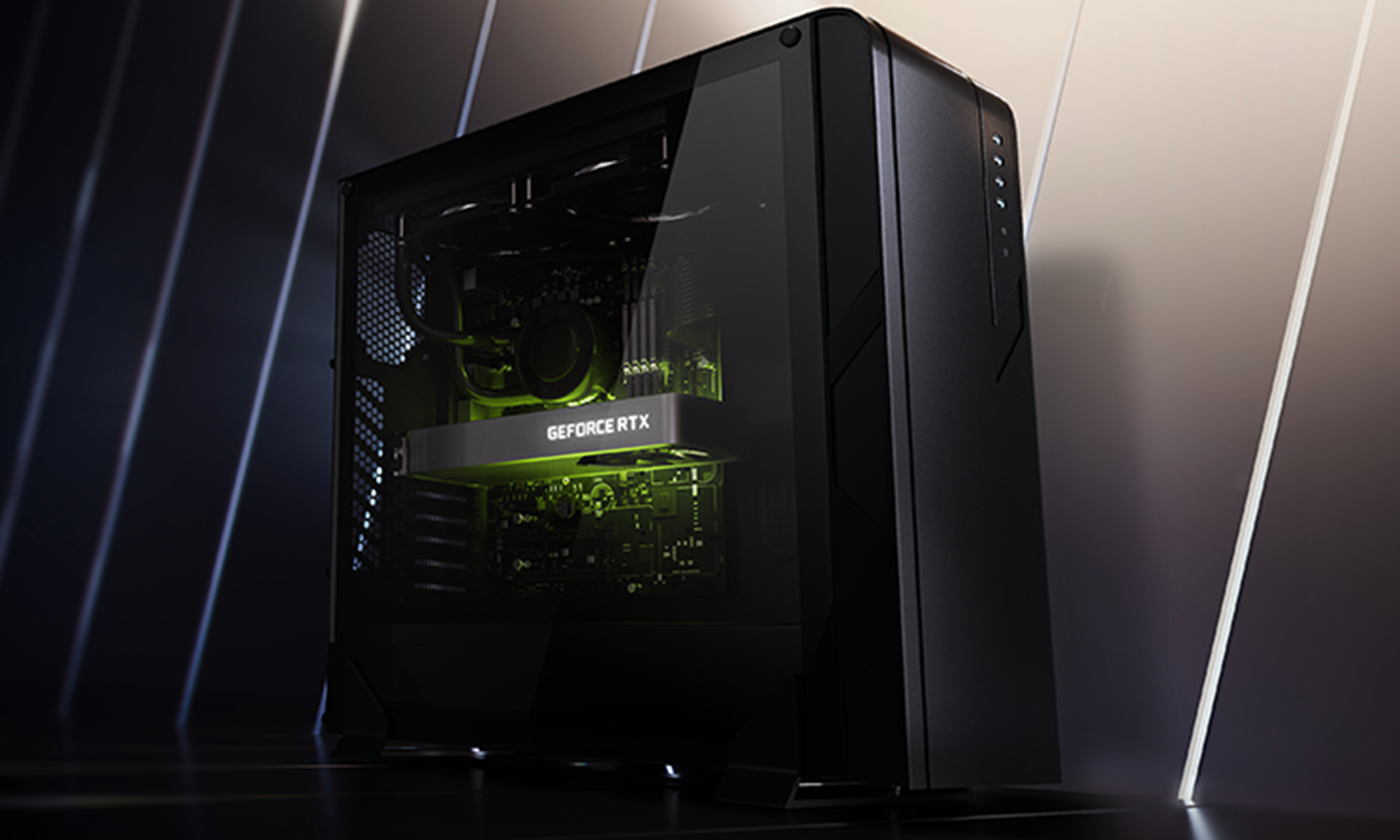The last week of February 2020 was a bloodbath for stocks. Even the highest of growth companies around weren't spared as fear of pandemic gripped investors around the globe. As painful as the historic coronavirus-fueled stock market retreat was (it was one of the fastest market corrections on record), the sharp move down was expected and healthy for stock valuations.
That's because pullbacks of at least 10% happen every year-and-a-half or so, and after the nearly 30% rally in U.S. stocks in 2019, a cool-down was due. Plus, many growth stocks that were beginning to look overheated are now trading for much more reasonable valuations and look set to rally from here on out.
Three of the growth companies I purchased during last week's stock market rout, and plan to buy more of in March, are Twilio (TWLO +0.16%), NVIDIA (NVDA 0.38%), and Broadcom (AVGO +0.26%). Here's a bit more about why these three stocks are worth buying in March.

Image source: Getty Images.
1. Twilio: Digital transformation unlikely to get too beat up
One high-flying name that has held up well in recent weeks is Twilio. While the stock did get sold off by some 15% from recent highs, it is still in positive territory by 14% so far in 2020 compared with a 6% decline in the S&P 500 -- proving that adding shares of emerging business names is one way to beat average stock market returns.
But why buy Twilio now? One reason is that organizations around the globe are in a race to update their operations for the digital age we now live in. Digitally enhanced communications are one key area of focus. Twilio and its cloud-based library of pre-built applications enabling said next-gen communications (including automated call, text, email, webchat, and secure account access) is growing fast as a result. Organic revenue (excluding acquisitions) grew 47% in 2019 and was forecast to increase at least another 30% in 2020.
Another reason is that, while many other companies have been issuing lowered growth expectations for the new year, Twilio has done no such thing thus far. Digital transformation is a top priority for many organizations, and I believe budgeting is unlikely to get hit too hard from the novel coronavirus outbreak. On the contrary, it's possible that investment into new digital systems even gets a boost as businesses look for ways to limit future disruption from the spread of infectious disease -- either by enabling employees to work from afar or by helping businesses reach customers via new digital formats.
After the pullback, Twilio trades for 12.9 trailing 12-month sales, close to the cheapest it's been the last couple of years. With growth still projected to be running at a high rate, I'm a buyer at these levels.
2. NVIDIA: Chips are down, but certainly not out
Speaking of digital transformation, chip design pioneer NVIDIA is at the leading edge of today's tech. Its graphics processing units (GPUs) are finding their way into a large and growing list of applications: next-gen video gaming, data centers, 5G wireless networks, robotics, healthcare, and artificial intelligence, to name but a few. As a result, after a sales slump that started late in 2018, NVIDIA's revenue is nearly back to record levels as of the fourth quarter of fiscal 2020 (three months ended Jan. 26, 2020).
There's plenty left in the tank for the GPU chip and computing engineer. First-quarter 2021 revenue is expected to increase another 35% year over year, including an estimated $100 million effect from the COVID-19 disruption. Bear in mind that any growth also doesn't include any benefit from NVIDIA's pending acquisition of data center hardware outfit Mellanox (MLNX +0.00%). NVIDIA is already a massive company (valued at a market cap of $166 billion as of this writing), but it's on track to get much larger in the years ahead.
One area that has made some investors steer clear of NVIDIA stock is high valuation. However, after the surge in results in Q4 -- which included a 41% increase in revenue and a 136% increase in adjusted earnings per share -- the stock got a whole lot more reasonable. Add to it the 15% fall from the recent high-water mark, and shares are looking reasonable again given the future potential for the technologist. As of this writing, NVIDIA trades for 29.3 times one-year forward expected earnings.
Of course, there could be a further decline in the cards, especially if management updates its viewpoint on any disruption due to the threat of a pandemic. However, with GPU demand on the rise from myriad end markets, I think now is an attractive buy point for those looking further down the road.
3. Broadcom: A hardware leader finding new life via software
For our final entry, we have Broadcom, a large diversified chipmaker that has been building its presence in the software side through acquisitions in the last few years. It was already a major player providing network and connectivity hardware, and network security, management, and business operations services have been contributing to the company's growth profile. Though the bread-and-butter chip business was down in 2019 (along with a general decline for the industry overall), Broadcom's takeovers helped it buck the trend and notch a full-year revenue increase of 8%.
That run isn't over. Though the global health scare could upend things in the short term, Broadcom management said it expects its hardware business to return to growth this year. Add in the software segment, and it all totals to an expected 11% increase in revenue at the mid-point of guidance in 2020. Adjusted EBITDA (earnings before interest, tax, depreciation, and amortization) was also forecast to be up 9%. Not too shabby at all. Granted, those figures were provided in December 2019 and are likely to get updated at the time of next report in mid-March, so stay tuned.
Nevertheless, that kind of growth outlook pushes Broadcom into the realm of growth stock, though most investors would likely look at the chip giant as more of a value investment. After all, shares trade for a mere 11.1 times forward earnings per share (already pricing in some coronavirus weakness). That's mighty cheap if management can continue getting solid performance out of its new services segment and deliver on its projections. An added bonus is that the dividend was also hiked at the end of the 2019 fiscal year and currently yields 4.6%.
In my book, that makes Broadcom a rare play in technology, offering growth, a high-yield dividend, and reasonable valuation all in one package. Count me in on this one. I'll look to add more to my position after earnings on March 12.








